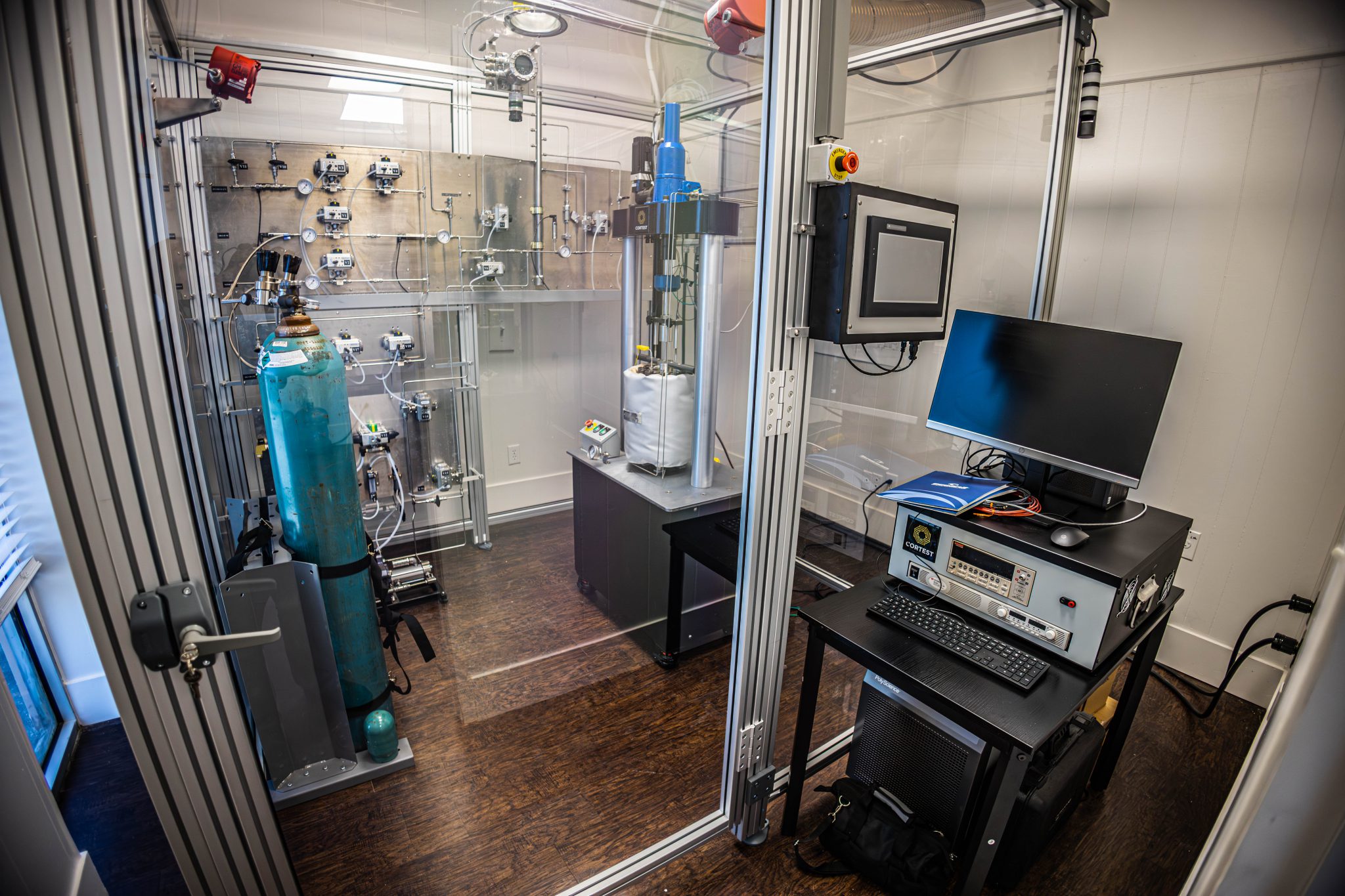HydroPel is an in-situ-applied nanocomposite surface treatment that prevents hydrogen embrittlement, helping to accelerate the global energy transition.
Hydrogen (H2) is one of the simplest and most abundant elements on earth and is widely considered a potential solution to the world’s energy appetite and decarbonization needs. H2 can be produced from a large array of processes, from grey to green, and is considered a clean fuel when consumed, because its only outputs are water, energy, and heat. However, in addition to improvements in production, new methods and materials must be developed to make Hydrogen transport, storage, and distribution safer.
HydroPel addresses the critical issue in H2 storage and transport: hydrogen embrittlement. Embrittlement is process in which hydrogen’s relatively small molecules diffuse into metals, weakening the composition and leading to fracturing and failure. In addition, H2 is easily ignitable when in the presence of an oxidizer, therefore preventing hydrogen embrittlement during storage and transport is of paramount importance.
What is HydroPel?
HydroPel is a nanocomposite treatment that can be applied to the interior walls of existing natural gas pipelines to make them safe for hydrogen transportation. The surface treatment works by creating a passivating barrier through which H2 molecules are unable to penetrate. HydroPel can be applied in-situ to the walls of existing pipelines, forming this protective barrier between the gas and the metal that is at risk of embrittlement and fracturing.
The advanced nanocomposite eliminates the costs associated with manufacturing and installation of new, hydrogen-specific pipelines by enabling the use of already-existing pipeline networks. Additionally, HydroPel creates an “ultra-slick”, omniphobic surface that provides drag reduction to further decrease expenses by effectively lowering the energy needed to compress and move gas.
HydroPel offers a solution for blending H2 with natural gas by unlocking the potential of existing pipelines; reducing costs, rehabilitating aging pipe infrastructure in-situ, and increasing throughput.
HyroPel is one of several technologies that Oceanit is developing under EDGE (Energy Decarbonization for the Global Environment) to support the global energy transformation and make hydrogen into a viable clean-burning fuel source for a greener future.
H2XCEL is our state of the art facility for testing and evaluating hydrogen/methane blends.
In May 2023, Oceanit announced the launch of the new H2XCEL Hydrogen Hub Test Laboratory, located in Houston, Texas. H2XCEL, shorthand for Hydrogen Accelerator, is a one-of-its-kind facility that is supercharging the testing and deployment of novel Hydrogen enabling technologies, such as HydroPel, HALO, and HyDIOS.
H2XCEL includes an advanced, high-pressure, high-temperature testing environment to simulate H2-Methane blends in real-world pipeline conditions. With the capabilities of this cutting-edge laboratory environment, researchers and companies around the world are able to test and evaluate hydrogen in operational conditions to better understand how green hydrogen can be a safely transported and used.
Alleviating the need for brand new pipeline infrastructure is regarded as a key to incorporating clean-burning H2 into international gas grids. That work starts at H2XCEL.





